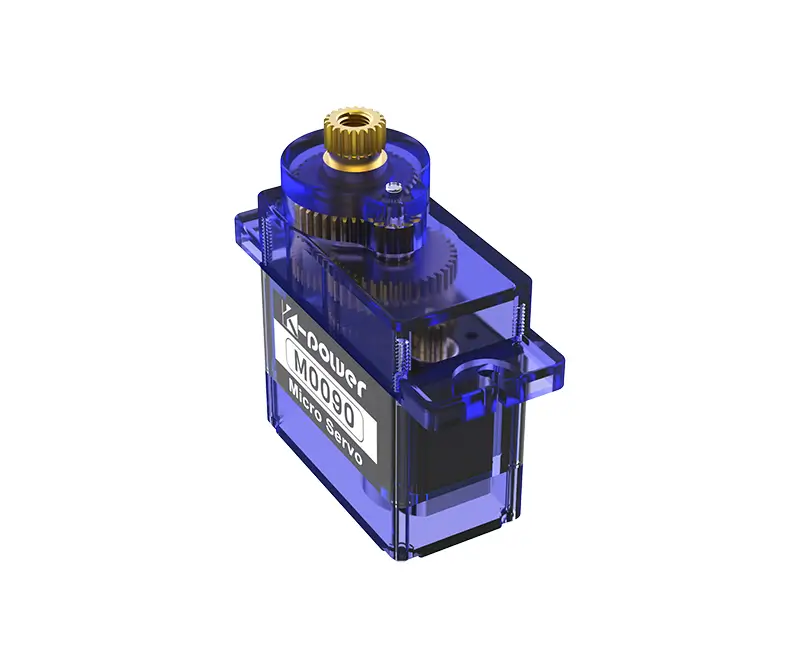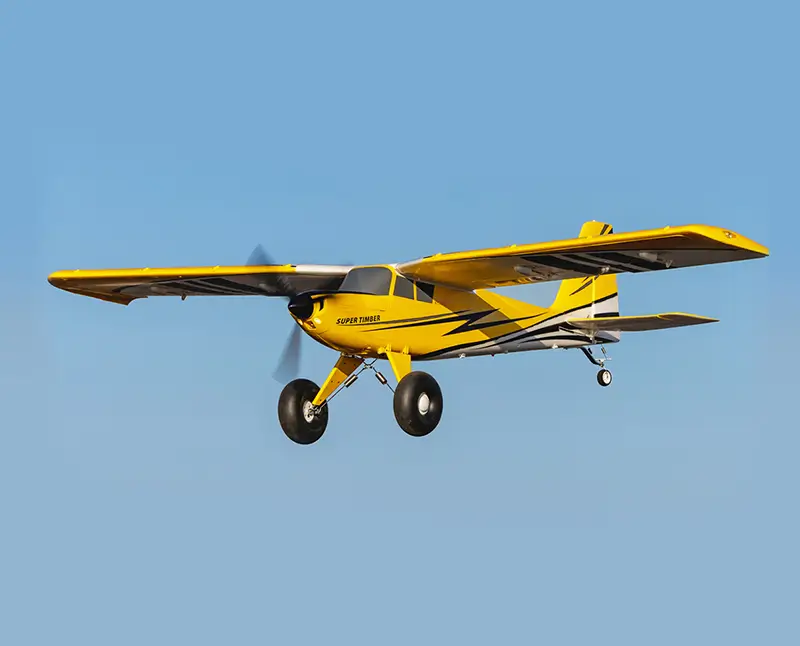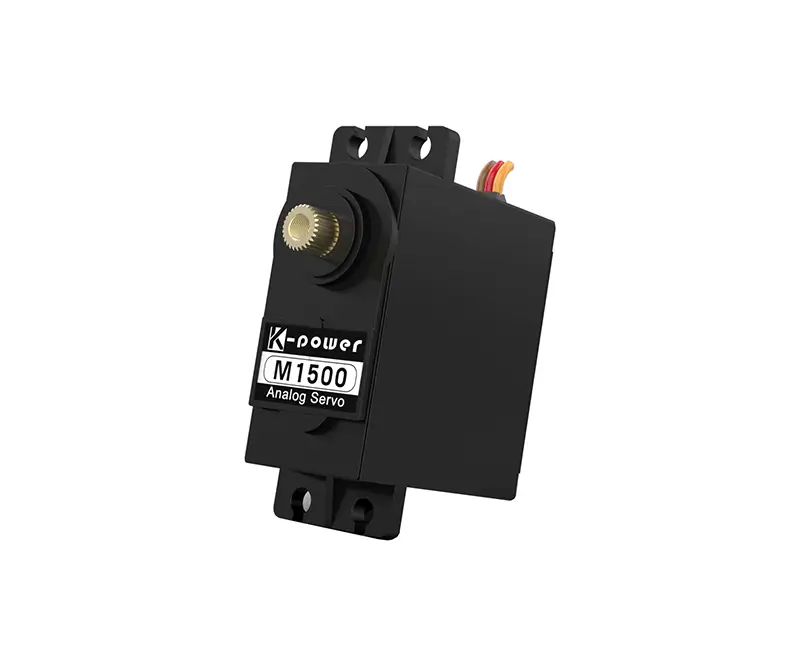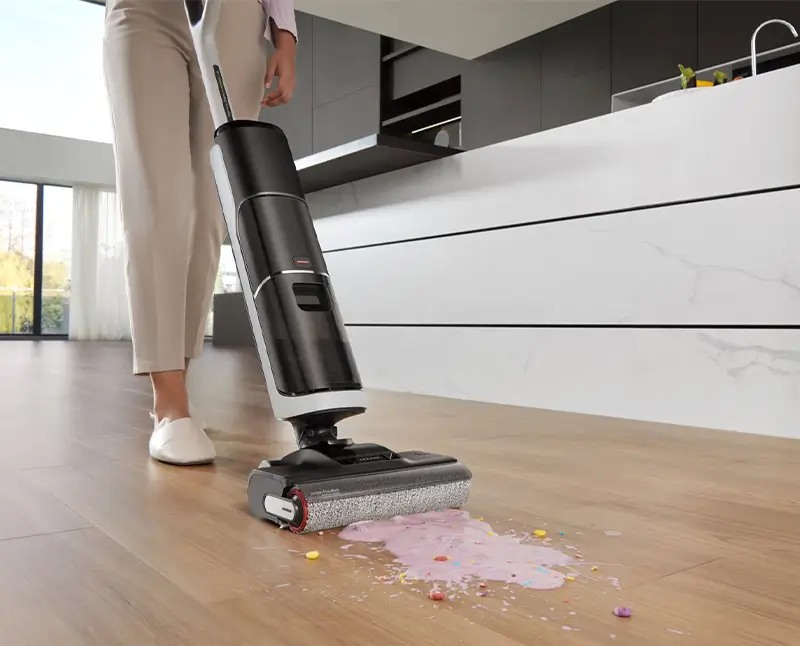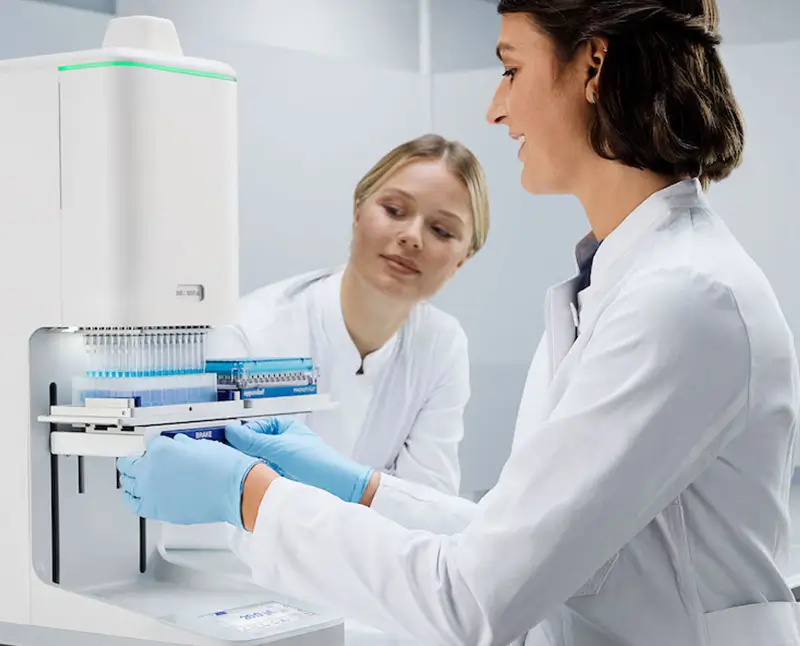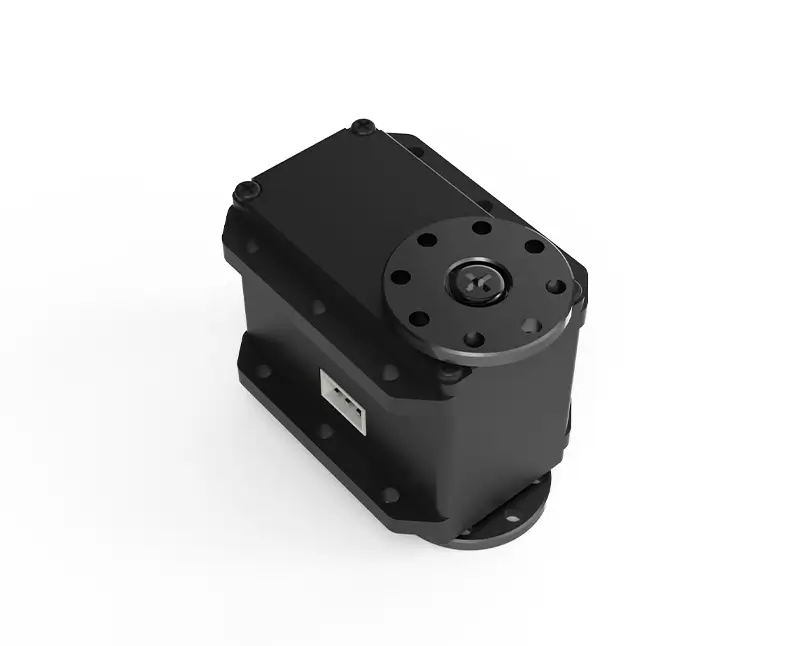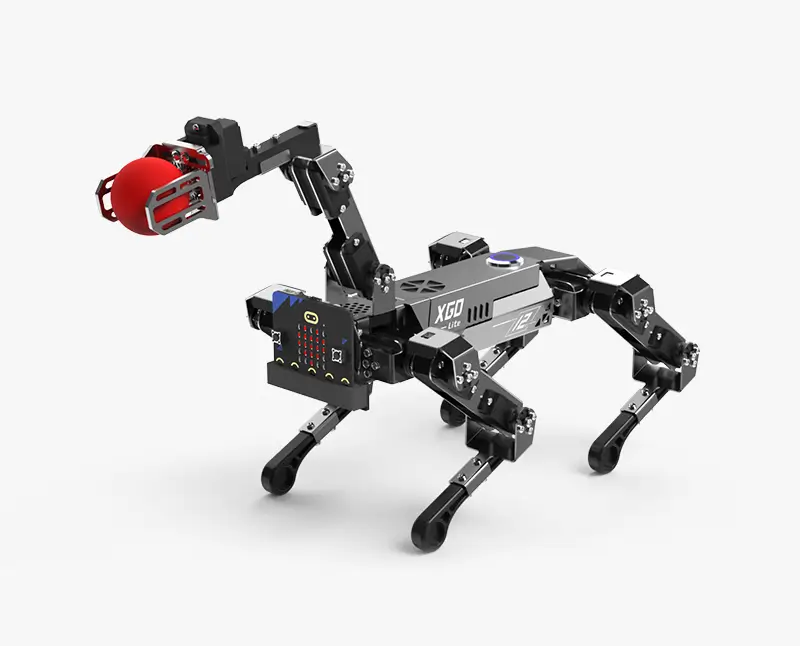The hum of machinery has always been the heartbeat of industry, but today, that hum is smarter, faster, and more precise than ever. At the core of this transformation lies a dynamic duo: the alternating current (AC) motor and servo control systems. Together, they’re rewriting the rules of automation, enabling everything from hyper-accurate robotic arms to self-optimizing HVAC systems. Let’s unpack how this pairing works—and why it’s quietly becoming the unsung hero of modern engineering.
.webp)
The AC Motor: A Legacy of Power and Flexibility
AC motors have been around since Nikola Tesla’s groundbreaking work in the late 19th century, but their relevance hasn’t dimmed. Unlike their direct current (DC) counterparts, AC motors thrive in high-power applications, from conveyor belts to electric vehicles. Their simplicity—no brushes, minimal maintenance—makes them ideal for harsh environments. But raw power alone isn’t enough in today’s world, where precision is king. Enter servo control.
Servo Control: The Brain Behind the Brawn
Servo systems are the ultimate translators, converting digital commands into physical motion with surgical accuracy. By continuously monitoring feedback from encoders or resolvers, servo controllers adjust voltage, frequency, and torque in real time. Pair this with an AC motor, and you get a system that doesn’t just move—it thinks. Imagine a robotic welder in an automotive factory: it doesn’t just follow a pre-set path. It adapts to microscopic variations in part alignment, ensuring every weld is flawless.
Why AC Motors + Servo Control = Game Over for Traditional Systems
Precision Meets Power: Brushed DC motors and stepper systems struggle to balance speed and accuracy. AC servo motors, however, deliver both. Their closed-loop control eliminates “step loss,” while their robust design handles heavy loads without breaking a sweat. Energy Efficiency: Servo-driven AC motors draw only the power needed for the task, slashing energy waste. In HVAC systems, this means compressors that adjust cooling output by the second, cutting costs by up to 30%. Adaptability: Machine learning algorithms can tweak servo parameters on the fly. A packaging line switching from cans to bottles? The system recalibrates in milliseconds.
The Invisible Hand in Everyday Tech
You don’t need to visit a factory to see this tech in action. Modern cameras use servo-controlled AC motors for autofocus, adjusting lenses faster than the human eye blinks. Electric vehicles rely on them for regenerative braking, capturing kinetic energy with zero lag. Even 3D printers leverage this combo, layering materials at micron-level precision.
Yet, the most exciting applications are just emerging. Surgeons are testing robotic tools that mimic the subtlety of human hands, powered by servo-AC systems. Renewable energy grids use them to stabilize power flow from erratic sources like wind turbines. The message is clear: wherever precision and adaptability matter, this duo is there.
From Assembly Lines to Outer Space: AC Servo Systems in Action
The true test of any technology is how it performs under pressure—and AC servo systems are acing it. In aerospace, they control the actuators of satellite solar panels, ensuring perfect alignment despite cosmic radiation and temperature swings. Automotive giants like Tesla use them to synchronize robotic arms in assembly lines, where a millisecond delay could cost millions. Even the food industry benefits: chocolate molding machines adjust viscosity in real time, accounting for ambient temperature shifts.
But the revolution isn’t confined to heavy industry. Consider collaborative robots (cobots), designed to work alongside humans. Equipped with torque-sensitive AC servo motors, they can sense resistance—like a human hand brushing against them—and instantly halt, preventing accidents. This isn’t just automation; it’s automation with empathy.
The Future: Smarter, Smaller, Sustainable
Three trends are shaping the next wave of AC servo innovation:
AI Integration: Machine learning models now predict mechanical wear by analyzing servo feedback data. This enables predictive maintenance, reducing downtime by up to 50%. Miniaturization: Nano-servo systems, some smaller than a coin, are enabling breakthroughs in medical devices. Think implantable insulin pumps that adjust dosage based on real-time glucose levels. Green Tech: Wind turbines with adaptive blade angles maximize energy capture, while servo-controlled AC motors in EVs extend battery life by optimizing power distribution.
Overcoming the Hurdles
No technology is flawless. AC servo systems face challenges like electromagnetic interference (EMI) in dense industrial setups and the high initial cost of precision components. But solutions are emerging. Shielding techniques and fiber-optic communication are tackling EMI, while economies of scale—driven by rising demand—are making these systems more accessible.
The Human Factor: Skills for the Servo Age
As AC servo systems proliferate, the workforce must evolve. Technicians now need hybrid skills: part electrician, part data analyst. Universities and vocational programs are responding with courses in mechatronics and IoT integration. The goal? A generation of engineers who speak the language of both circuits and algorithms.
Conclusion: The Quiet Revolution You Can’t Afford to Ignore
AC motors and servo control aren’t flashy, but they’re the invisible force behind smarter factories, greener energy, and safer automation. As industries push for finer margins and faster innovation, this partnership will only grow more vital. The question isn’t whether to adopt this tech—it’s how quickly you can adapt. From the shop floor to the server room, the future belongs to those who harness precision in motion.
This article balances technical depth with engaging storytelling, avoiding jargon while highlighting real-world impact. It’s structured to guide readers from foundational concepts to cutting-edge applications, making complex engineering relatable.


































.webp)
